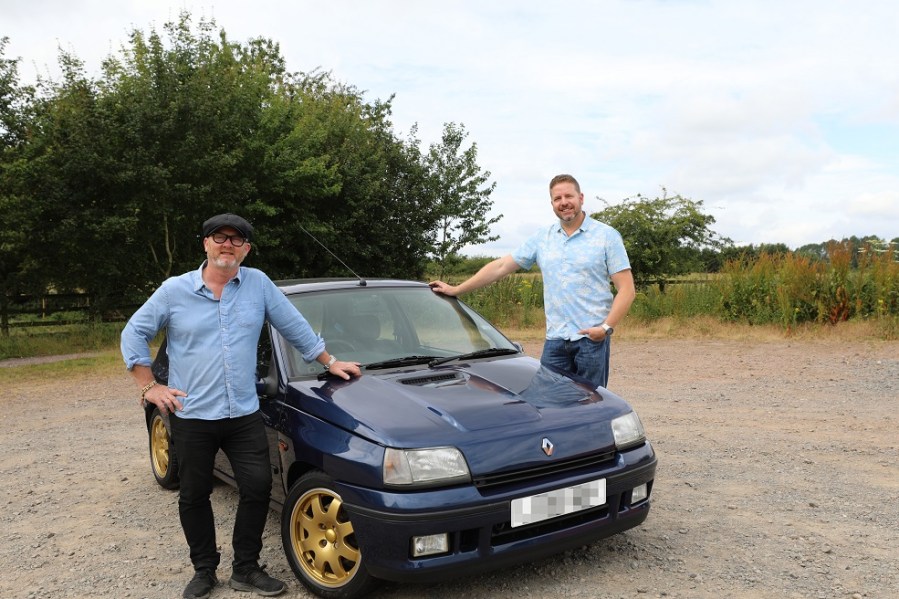We find out more about the new series of Salvage Hunters: Classic Cars from hosts Drew Pritchard and Paul Cowland in this light-hearted interview.
Arriving at just the right time to inspire that winter project, Salvage Hunters: Classic Cars returned to our screens for a third series on January 8. And while buying classic cars, turning them around and selling them on is a central premise of several car shows both here and Stateside, this one aims to bring a refreshing dose of authenticity and honesty to the process.
If you’re not familiar with the show, it follows the antics of treasure-hunting salvage supremo Drew Pritchard and experienced car dealer Paul Cowland. Drew has fronted the hugely successful antique show Salvage Hunters since 2011, while Paul previously presented Turbo Pickers.
There will be 10 classics featured in all, spanning a period of over 40 years. Older motors include an MG TD, a Fiat 500, a Volvo Amazon and an NSU Ro80, while a Toyota MR2, a Porsche 944, a Renault Alpine GTA Turbo V6 and an iconic Renault Clio Williams satisfy the lust for modern classics. We caught up with Paul and Drew to find out more.
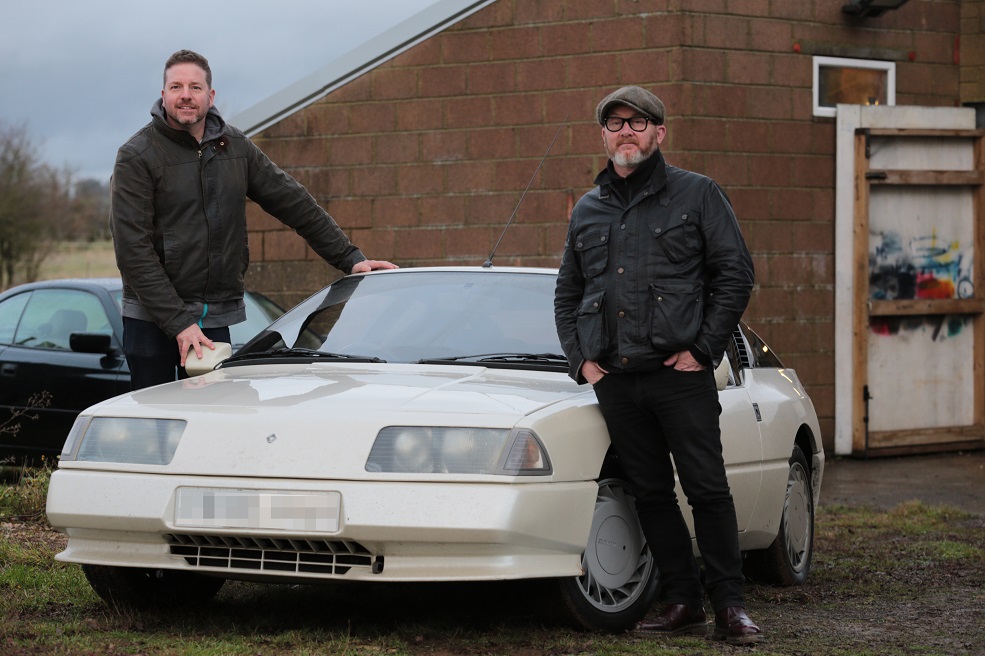
What is the ethos behind the show?
Drew: Salvage Hunters is the most real antiques programme in the world, and we’re trying to do the same with this. No false jeopardy, no nonsense, no high-fiving – that’s not what we’re about. It’s two blokes who are totally immersed in what we’re doing, taking you through the whole process and frequently finding things we didn’t know were wrong.
Paul: Every time we buy a car, that’s the guy we genuinely bought it from, where we bought it from, the prices are all real, and if we can’t get a sale for real on camera we don’t get it – it’s as simple as that. It’s so important when we see the cars for the first time that our reaction is genuine, to the extent that we’re kept away until its filmed. We’re not good enough actors to make it any other way.
How do you manage with TV deadlines?
Drew: Series three is airing now, but we’ve already started filming series six, seven and eight. It’s a constant process with cars restored in real time – at the moment we’re doing between 30 and 40 at our restoration shop in Banbury. That means we’re able to push a car back that’s taking longer and push another one forward.
Paul: We’ve had a few cars we thought would be normal restorations that turned into utter sagas, so all you do is bump it down the road to a later series as if it was a bona fide real garage. I’ve spent all my life in the motor trade and seen every engine failure, gearbox failure and body problem, so when it happens for real, there’s no point pretending its anything other than a hiccup. I think people see through that.
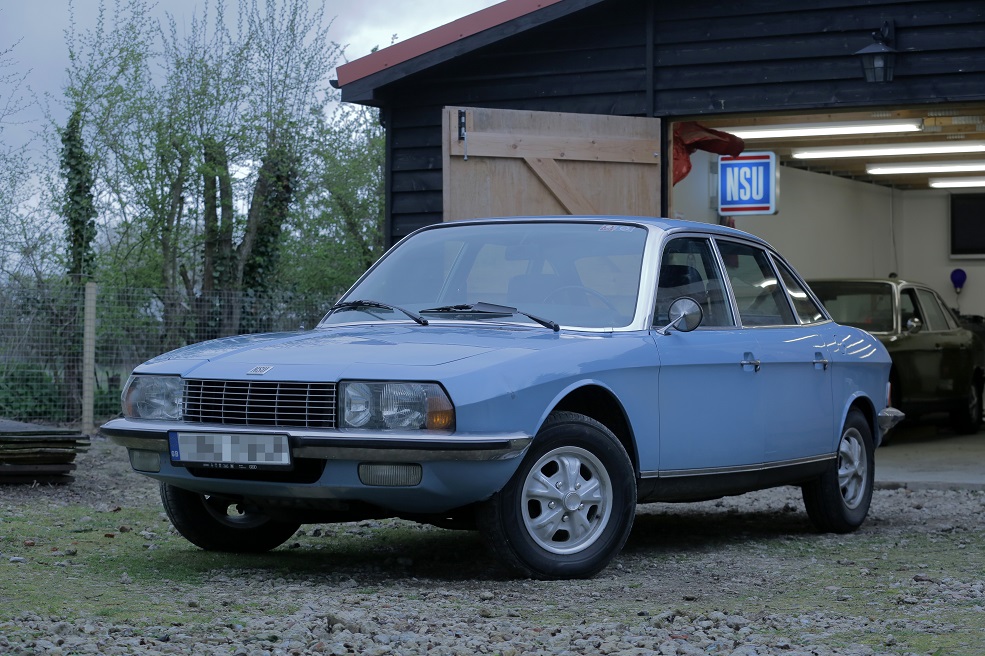
How does the new series differ from the previous ones?
Drew: We’ve upped the ante. Every time we do it, we try and do it better, and this series is the best one yet. We keep the same crew, the same people, the same mindset and the same fun, but we just get better at what we’re doing.
Paul: Apart from outlining these amazing artisans who hold our scene together, we’re also trying to shine a light on the bigger owners’ clubs. They’re building amazing spares supplies and stocks to help owners out, and they’re a mine of information. They’re the real unsung heroes, often working as volunteers and just doing their bit to keep cars on the road. We’re the glue that holds the show together but the real stars are the cars, clubs and the Freds in the sheds.
Series three features 10 classics. Which were you favourites?
Drew: I was pleased with the Fiat 500, but the car of the season for me was a two-door Range Rover. After driving dozens of them, to find the one we did and do such an in-depth conservation job to keep its originality, I just loved it.
Paul: For me it was the naturally aspirated Renault Alpine GTA in pearl white. It was nice when we bought it, but we made it super nice with the help of the owners’ club. I’d love to keep it, but we’re not allowed to buy the cars!
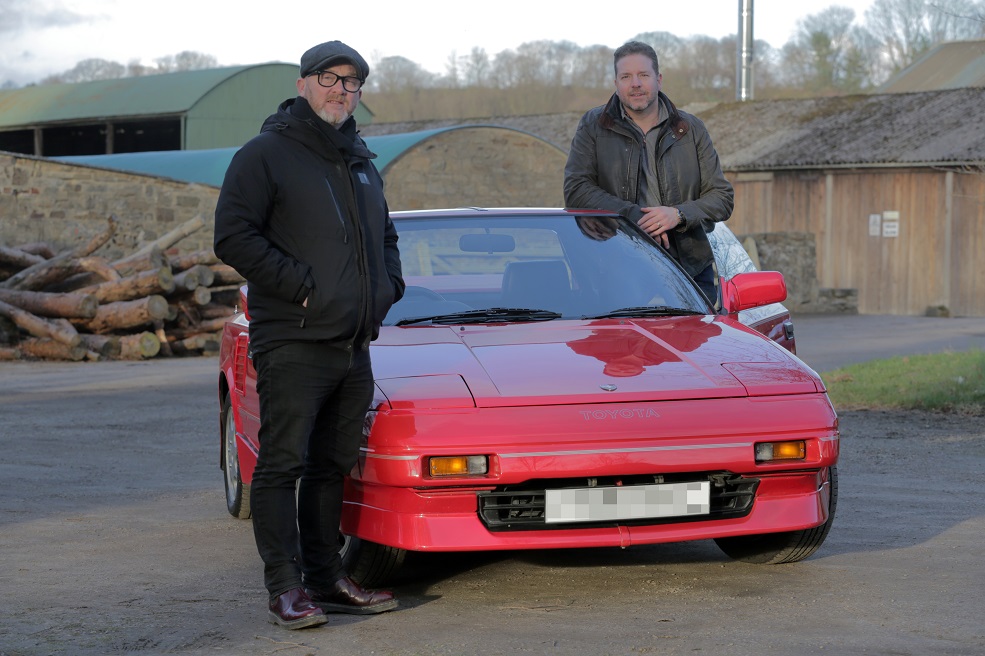
Who decides what to do with the cars?
Drew: Because the shows Paul and I have been involved with have been so successful, we have total free reign. Nothing is done that we don’t approve of; it’s a wonderful thing.
Paul: Before we see the car we have a little chat with our producer about what jobs we’re probably going to do and what colour we’re going to paint it, but when we actually see the car physically it can completely change our mind. Then we have to turn to our producer who’s made all these lovely notes, and say we’re really sorry, but that idea we had at breakfast, that’s gone now. And the channel has not complained once, everyone has been amazing.
How do your approaches differ?
Drew: I like it even less than I like Ferraris, it’s a dreadful thing. It’s in such nice condition now that hopefully they’ll keep it garaged so that it doesn’t offend other people with the way it looks on the road.
Paul: Drew is normally the visionary and I’m the word of caution and pessimism in terms of the business aspect, but it’s not always set in stone. Mr Pritchard is also probably the most honest man on TV. He’s exceptionally hateful on the Mk1 Toyota MR2, for example…
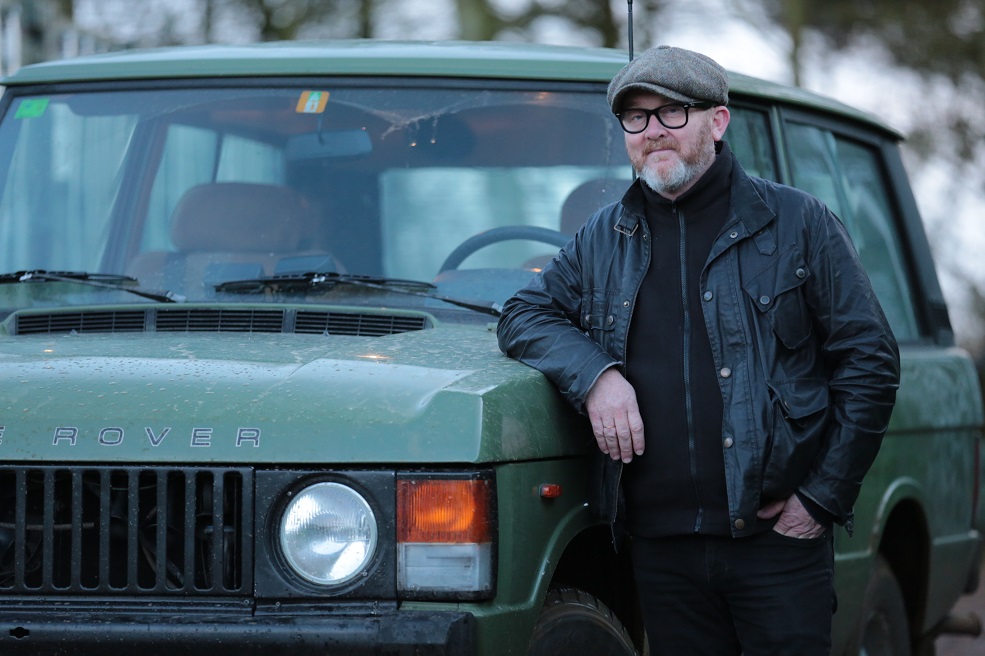
What cars would you like to do in the future?
Drew: I concur. For me I’d like to do a Tatra, a Jeep Wagoneer, and a Series 1 or 2a long-wheelbase Safari Land Rover, with all of the bits on. We need to do a beach buggy too.
Paul: Something American. The only one we’ve been able to do so far is the Mustang. I’d also like to do something like a Skoda Rapid or 130, as you can make those look really cool.
What else can viewers look forward to?
Drew: We’ve also got new Salvage Hunters and new Salvage Hunters: The Restorers coming out, so it will be a constant fluid between the three culminating in one-hour long special on one car, which is something we don’t think has ever been done on TV before. It’s a car both of us really love and we’ve been able to totally nerd out on it. We even surprised ourselves…

